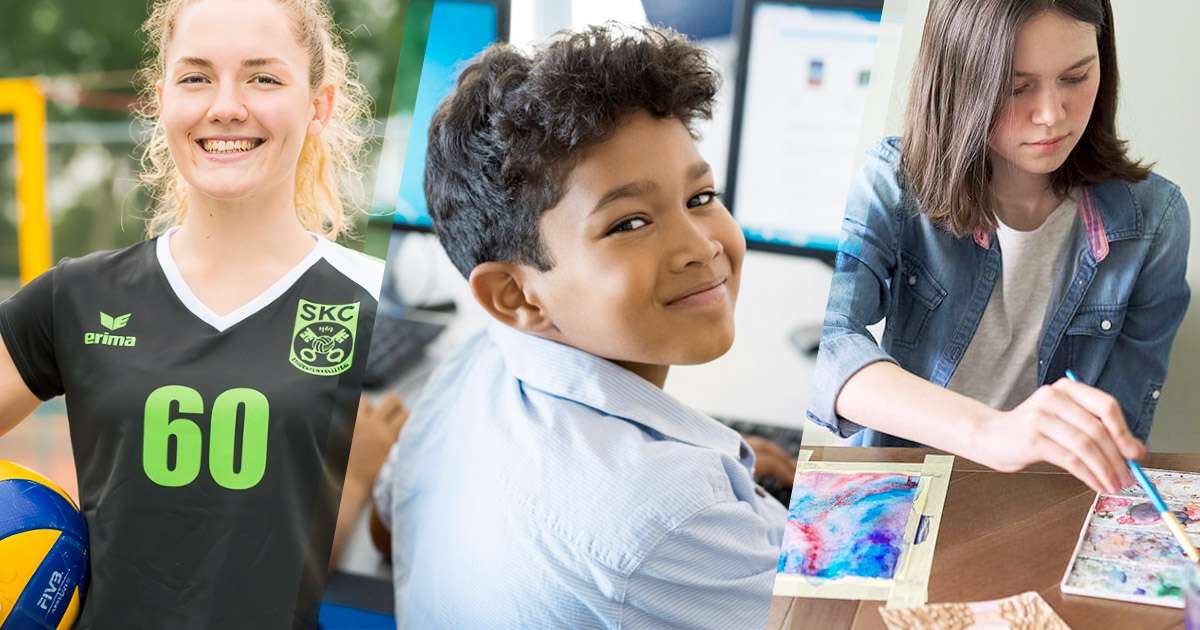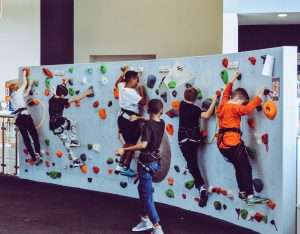What Are The Benefits of After School Programs & Why Students Need Them

In the whirlwind of modern life, school-age children and teenagers often find themselves navigating the complex terrain between school and home. A significant portion of their waking hours is spent outside the classroom and the confines of their homes. While many of these young individuals yearn for productive and engaging activities during this time, parents and guardians may grapple with concerns about their safety and well-being. Enter after-school programs, a valuable resource that can transform aimless hours into enriching and constructive experiences for children and teens. But what exactly are the benefits of after-school programs, and why are they so crucial in the lives of today’s students? In this article, we will explore the myriad advantages of after-school programs and shed light on why students truly need them.
Why are after-school programs important?
The importance of after-school programs becomes evident when we consider the staggering statistics. Children and adolescents of school age devote roughly 80 percent of their waking moments away from the school premises. Furthermore, a staggering one in five young people in the United States find themselves alone after the school day comes to a close. It is during these unsupervised hours that the potential for negative influences and risky behaviors can be most pronounced. Hence, after-school programs step in as a vital solution to these concerns.
One of the primary reasons why after-school programs are of paramount importance is the safe and structured environment they offer. These programs provide a haven where children and teenagers can explore their potential, engage in meaningful activities, and connect with peers under the watchful eye of trained adults. In essence, they bridge the gap between the end of the school day and the time when parents or guardians return from work, ensuring that students are not left unattended or exposed to potentially harmful situations.
What are the benefits of after-school programs?

After-school programs are like hidden gems that hold the power to unlock a range of benefits for students, families, and communities alike. Let’s explore the remarkable benefits they offer:
1. Social and Emotional Learning (SEL)
Participating in top-notch after-school programs promotes the growth of essential social and emotional skills. These programs nurture prosocial behavior, intrinsic motivation, improved concentration, and a higher sense of self-worth among students. Social and emotional learning plays a vital role in education, focusing on the attainment and utilization of knowledge, abilities, and attitudes that enable youngsters to handle their feelings, cultivate positive self-concepts, and make prudent choices.
SEL also plays a pivotal role in addressing inequities, creating a supportive learning environment, promoting empathy, and establishing trusting relationships within communities.
2. Academic Support
After-school programs contribute to students’ academic success by providing valuable support. According to a nationwide assessment, more than 40 percent of students who enrolled in 21st Century Community Learning Center programs experienced enhancements in their reading and math grades. These programs offer homework assistance and reinforce critical thinking, problem-solving, and time management skills, enhancing academic performance.
3. School Participation
Attending after-school programs leads to increased participation in school-related activities, improved class engagement, better adjustment to new phases of education, enhanced school attendance, and reduced dropout rates. These initiatives cultivate a feeling of inclusion and pride in the school among the students.
4. Safety
Arguably, one of the most vital advantages is ensuring safety. After-school programs offer a protective shield against risky behaviors during the hours when students are most vulnerable to crime and negative influences. These programs are associated with increased adult supervision, which not only enhances personal safety but also reduces instances of unsupervised interactions with peers outside of school.
5. Supporting Working Families
After-school programs serve as a lifeline for working families by ensuring that children have a secure and supervised environment while parents or guardians are at work. The inability to access reliable childcare can lead to significant work disruptions for parents, costing businesses up to $300 billion annually.
6. Nutrition and Physical Activity
Some after-school programs focus on promoting healthy habits by encouraging nutritious snack consumption and physical activity. These initiatives combat childhood obesity and ensure that students have the energy and vitality needed for their activities.
7. Work-Based Learning
Certain after-school programs provide early exposure to the labor market, offering opportunities such as apprenticeships, internships, and mentorships. Such experiences significantly enhance employment prospects and job quality in adulthood.
It is crucial to acknowledge that, while the benefits of after-school programs are immense, equitable access remains a challenge. Disparities related to income, education, transportation, cultural relevance, and neighborhood safety persist, preventing many children from experiencing these positive influences.
What types of after-school activities are available?

After-school programs encompass a wide variety of activities tailored to cater to diverse interests and talents. Here are some prevalent categories of after-school programs:
- Arts and Crafts Programs – These initiatives promote creativity and problem-solving skills by engaging in endeavors such as painting, sketching, sculpting, crafting jewelry, woodworking, and various other activities. Students learn to express themselves while having fun.
- Sports Programs – Sports programs promote physical activity and teamwork skills. Common sports include soccer, basketball, baseball, softball, volleyball, martial arts, and dance. These programs impart lessons in teamwork and effective communication.
- STEM Programs – STEM (Science, Technology, Engineering, Mathematics) programs emphasize critical thinking and hands-on experiences. Students engage in activities like robotics and coding, exploring their interests in science and technology while gaining valuable skills.
- Tutoring and Mentoring Programs – Tutoring and mentoring programs provide individualized guidance that is customized to meet the specific requirements of students, whether in academics or social aspects. They provide one-on-one attention from experienced professionals, aiding academic and personal development.
Tips For Choosing the Right After-school Program
Choosing the appropriate after-school program for your child is of paramount importance. Here are some tips to guide you:
- Consider Your Child’s Interests and Abilities – Choose a program that aligns with your child’s interests and strengths, whether they prefer sports, arts, academics, or other activities.
- Evaluate Program Quality and Safety – Ensure that the program maintains high-quality standards, including experienced staff with background checks, and a safe and age-appropriate facility.
- Budget Consideration – Review program costs and schedules to determine if they fit your budget and family’s scheduling needs. Explore discounts or scholarships that may be available.
After-school Programs are Helpful to Kids and Teens
Many helpful things happen at after-school programs that are very helpful to kids. They help students do better in school, encourage social and mental growth, make neighborhoods safer, and help families who work. Along with school, these programs offer a safe and helpful place for kids and teens to be between school and home. It’s important to recognize how important after-school activities are.
They are very important for developing the ability of our young people, improving academic performance, and making sure that our neighborhoods have a brighter future. These programs give students a safe place to be and chances to explore, so they can learn, grow, and have fun in an organized and caring environment.

